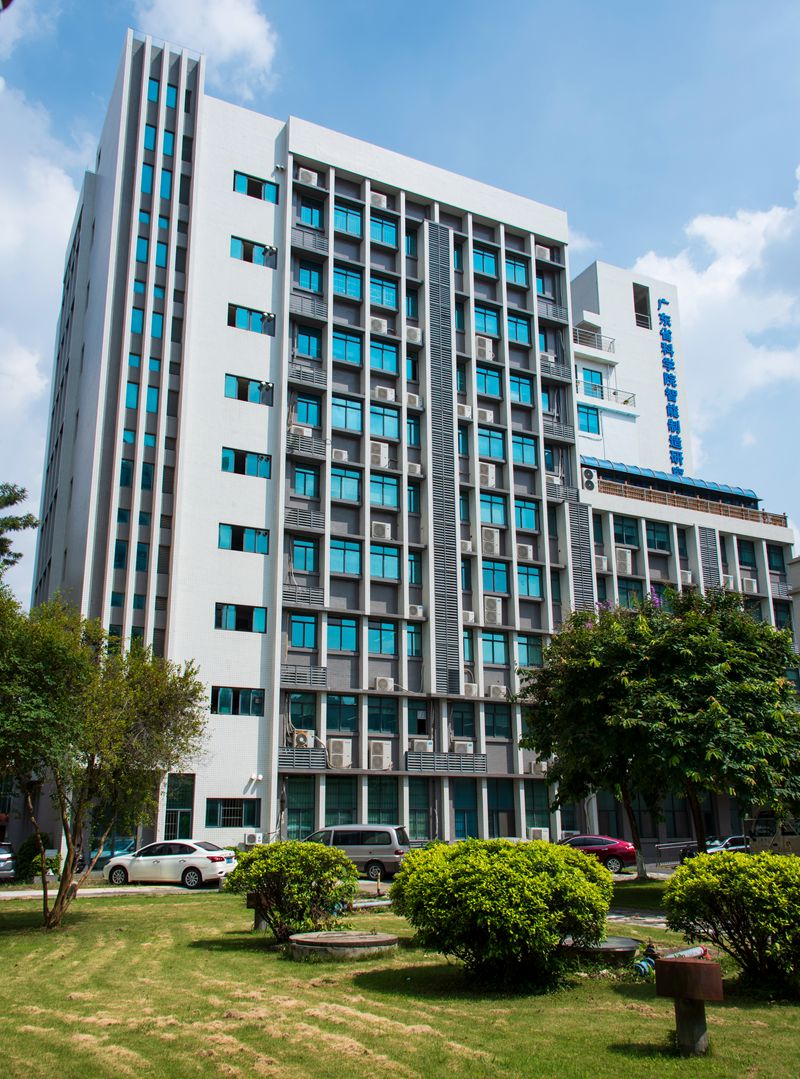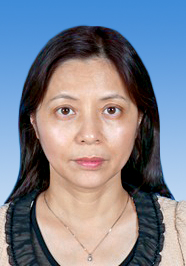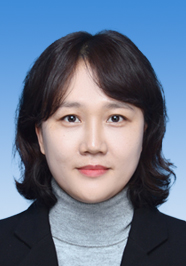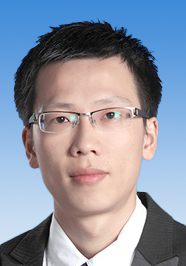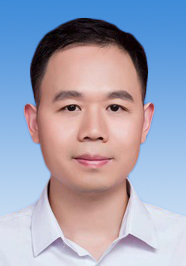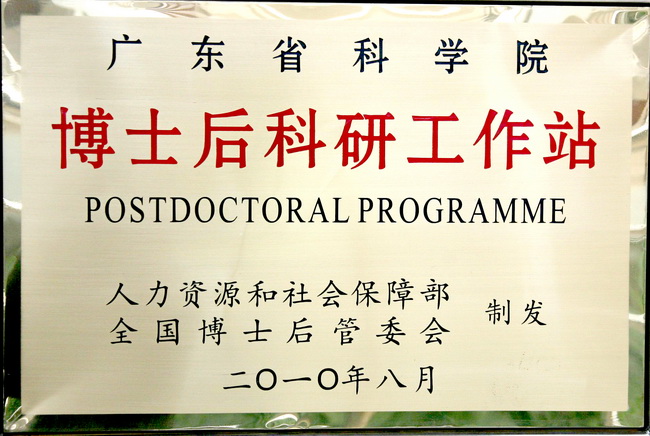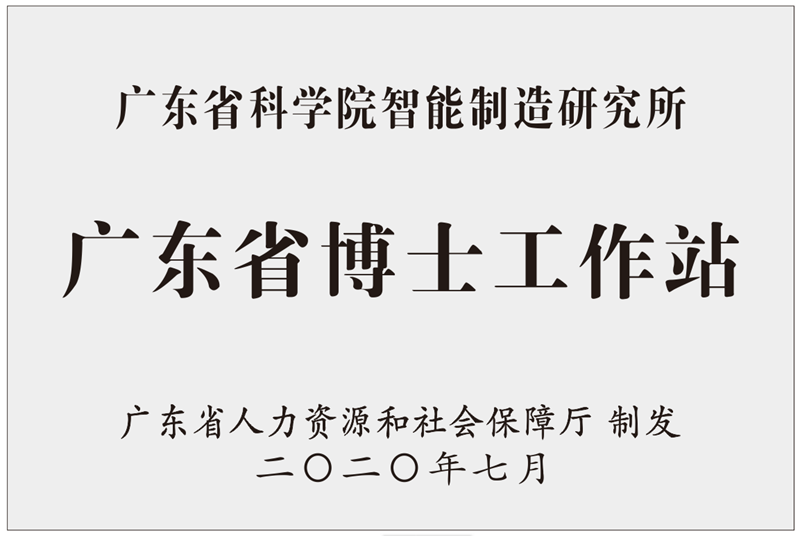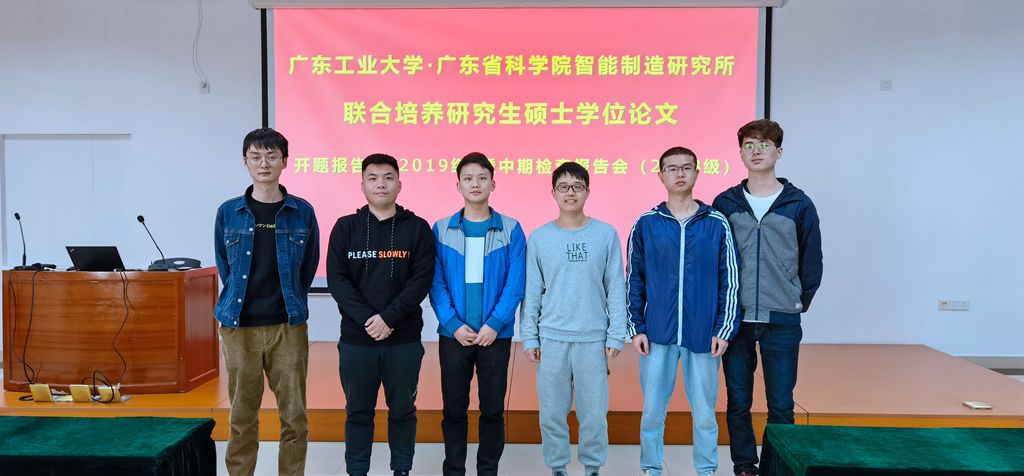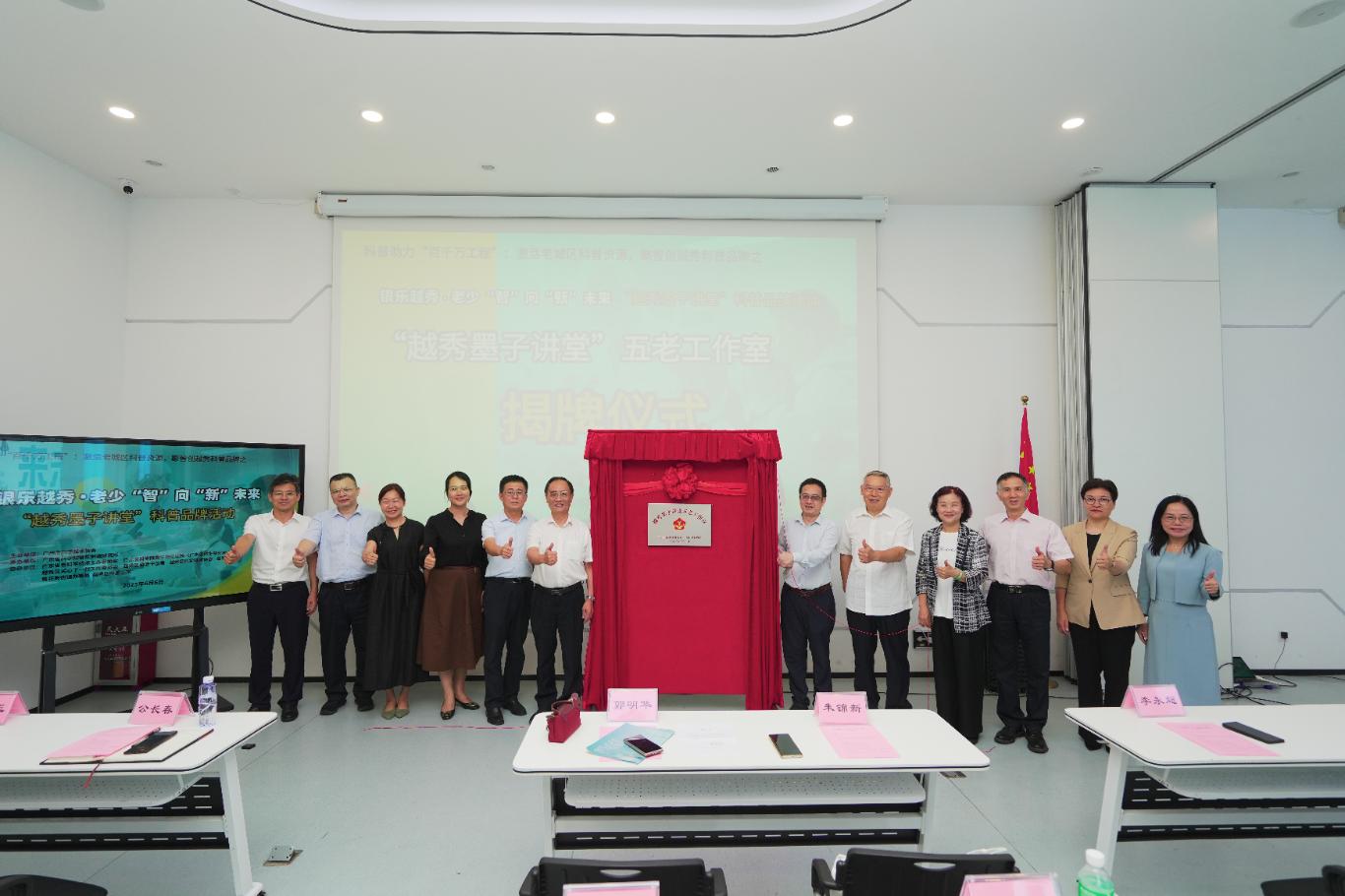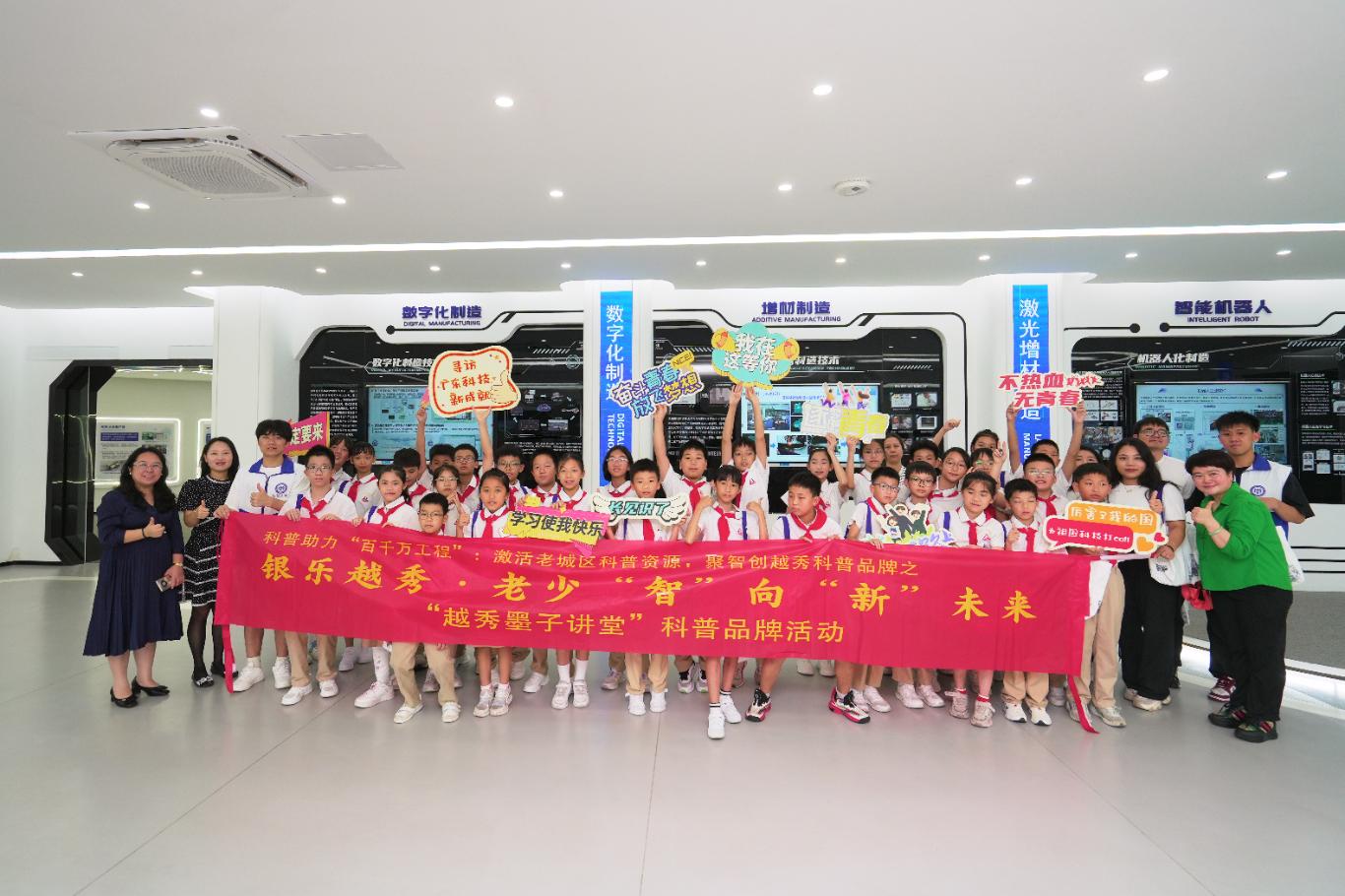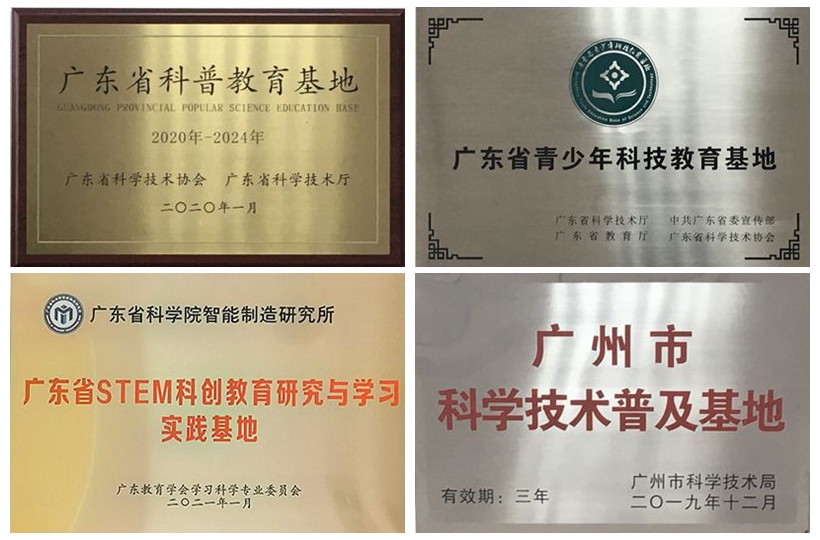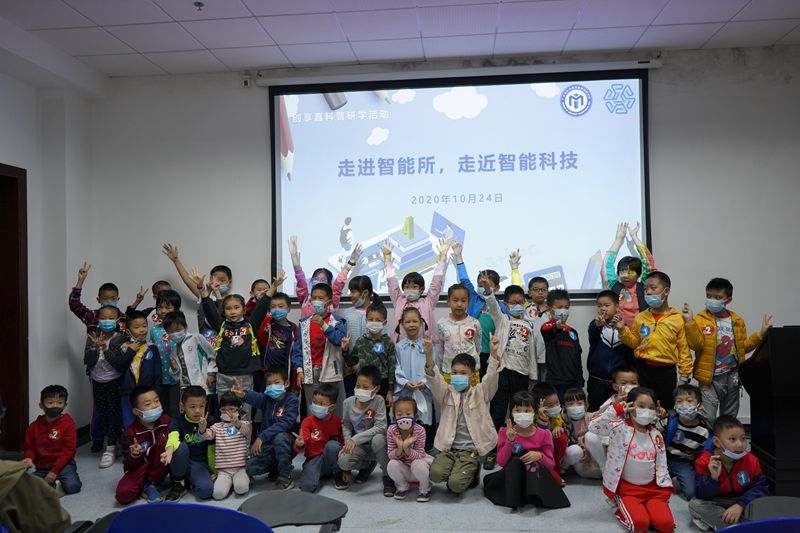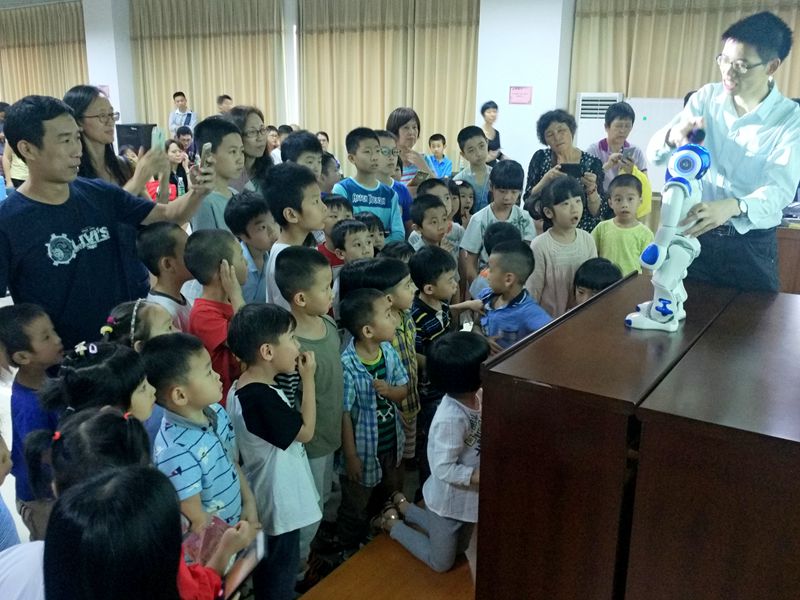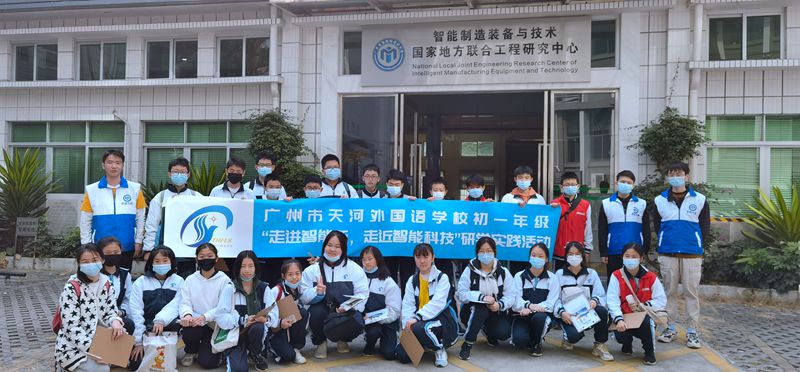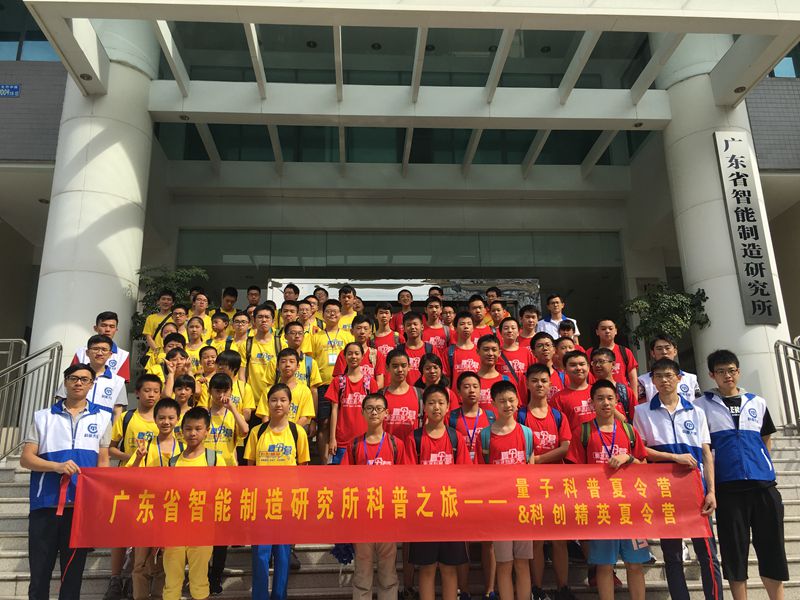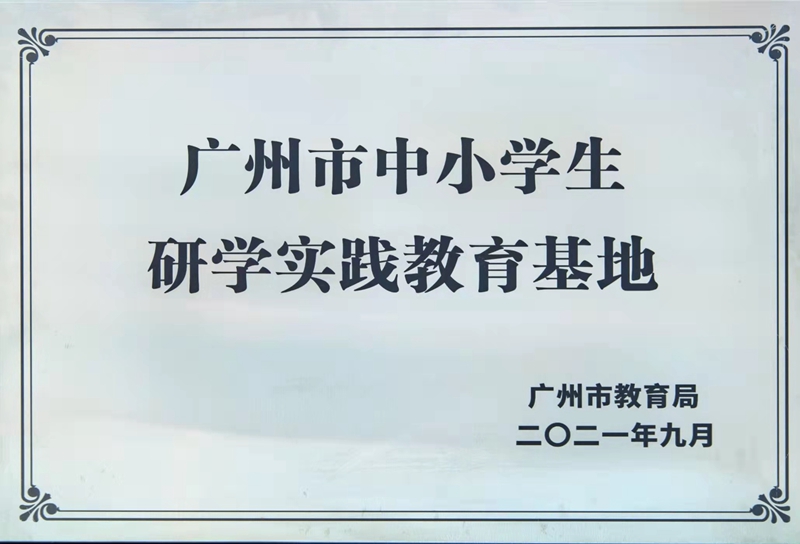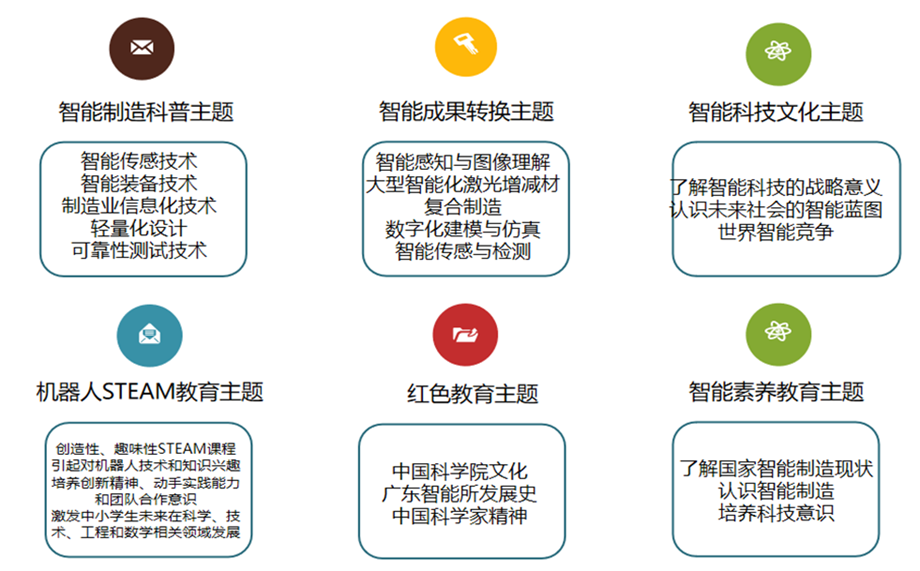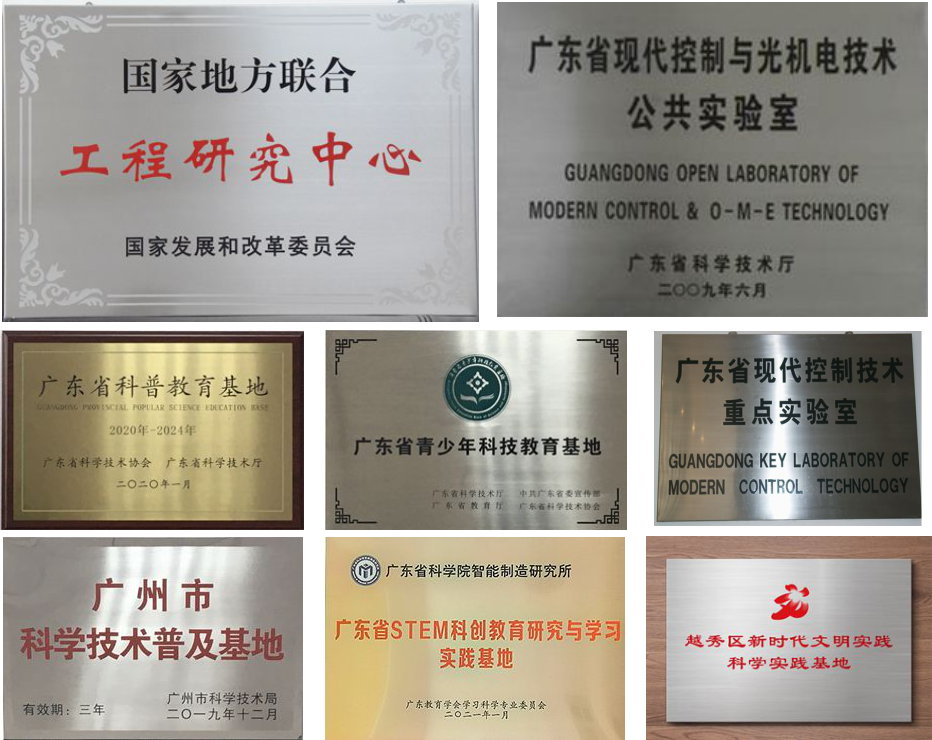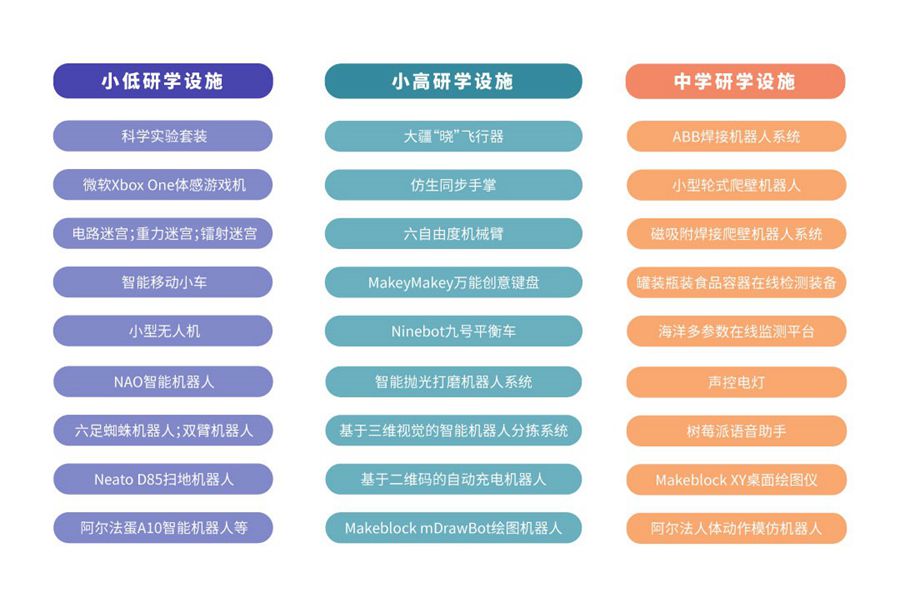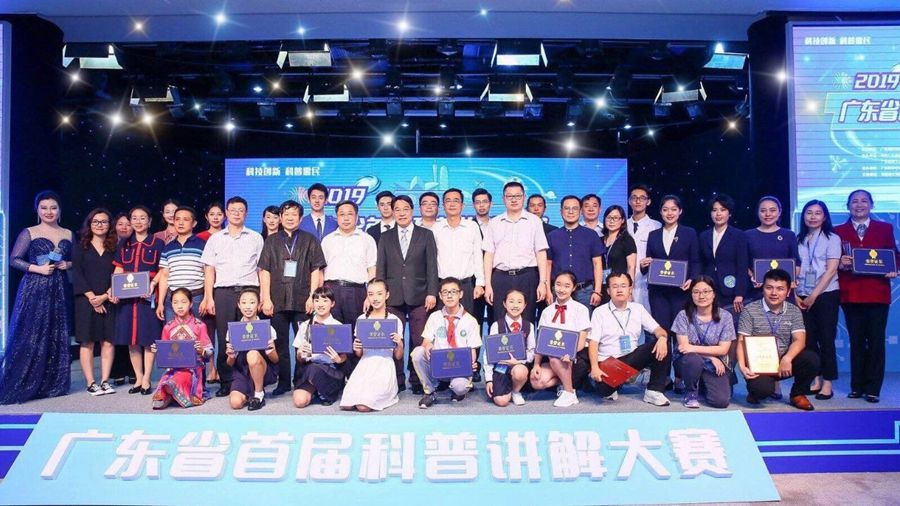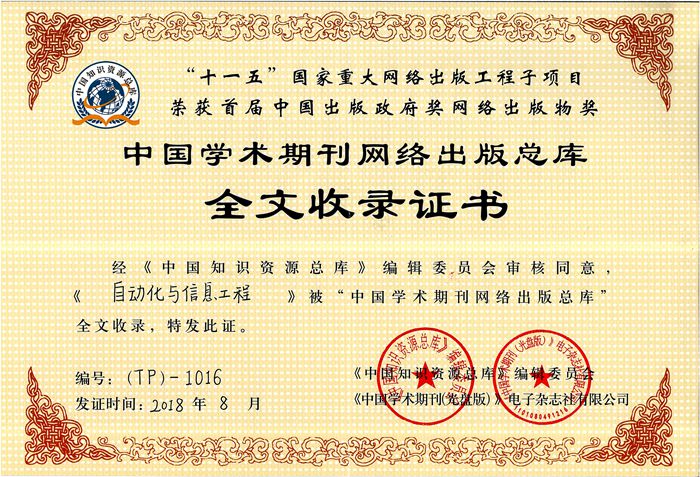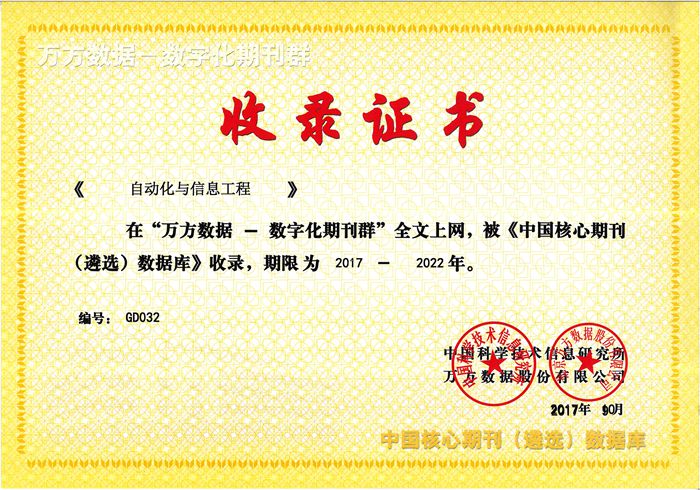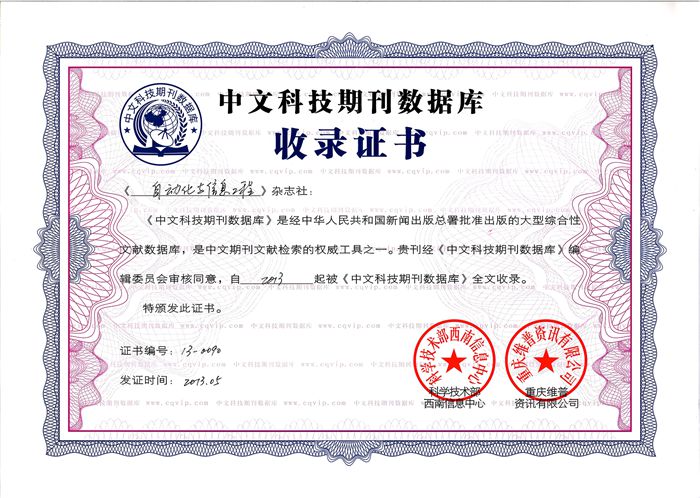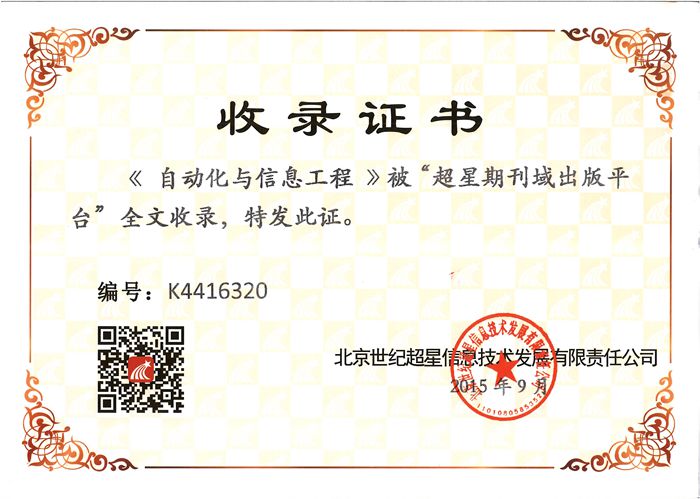2023年03期 v.44 29-33+51页
甘兆明 林家荣 杨其宇
(广东工业大学,广东 广州 510006)
摘要:针对基于双时域卷积网络的房颤信号提取网络模型存在的参数量大、运算资源要求高和实时性差等问题,提出基于知识蒸馏的房颤信号提取方法。该方法的教师网络和学生网络分别采用3层、1层的基于时域卷积网络(TCN),维度分别为256和32。实验结果表明,采用知识蒸馏的方法可以提高学生网络的性能,且用蒸馏后的房颤信号提取的学生网络相比于教师网络,其网络模型更小、运算资源要求更低、实时性更高,为部署到资源有限的嵌入式设备提供了理论依据。
关键词:知识蒸馏;房颤信号提取;时域卷积网络;教师网络;学生网络
中图分类号:R318;TN911.7 文献标志码:A 文章编号:1674-2605(2023)03-0005-06
DOI:10.3969/j.issn.1674-2605.2023.03.005
Method for Extracting Atrial Fibrillation Signals Based on Knowledge Distillation
GAN Zhaoming LIN Jiarong YANG Qiyu
(Guangdong University of Technology, Guangzhou 510006, China)
Abstract: A knowledge distillation based method for extracting atrial fibrillation signals is proposed to address the problems of large parameter quantities, high computational resource requirements, and poor real-time performance in the dual time domain convolutional network based atrial fibrillation signal extraction network model. The teacher network and student network of this method adopt a 3-layer and 1-layer time-domain convolutional network (TCN) with dimensions of 256 and 32, respectively. The experimental results show that using knowledge distillation can improve the performance of student networks, and compared to teacher networks, student networks extracted from distilled atrial fibrillation signals have smaller network models, lower computational resource requirements, and higher real-time performance, providing a theoretical basis for deploying to embedded devices with limited resources.
Keywords: knowledge distillation; extraction of atrial fibrillation signals; time domain convolutional network; teacher network; student network

